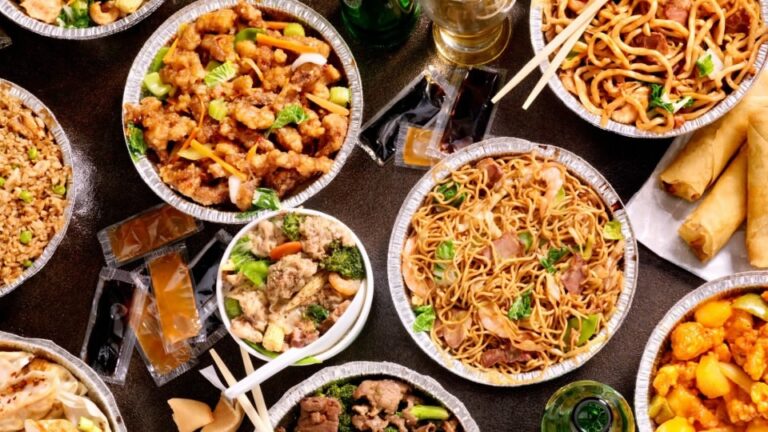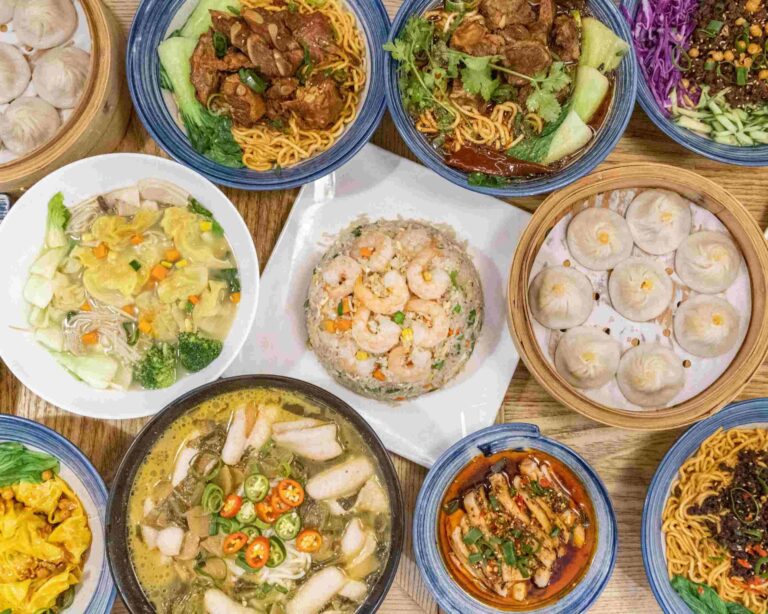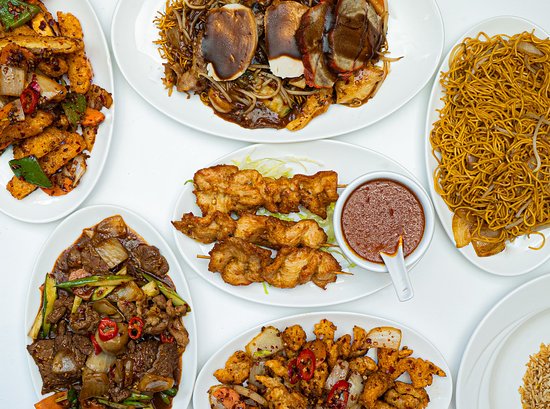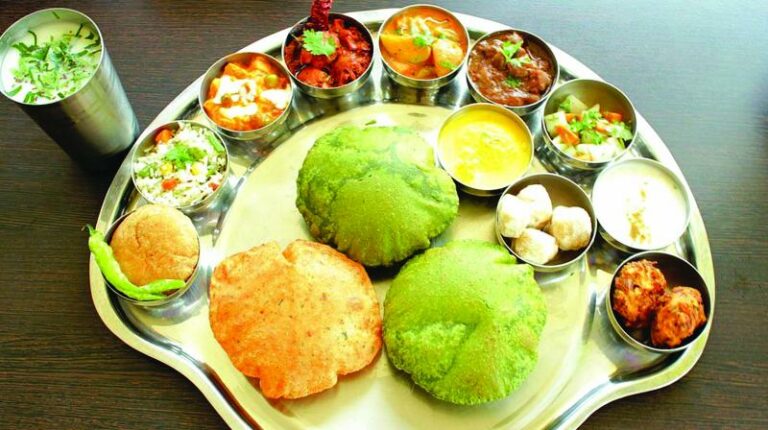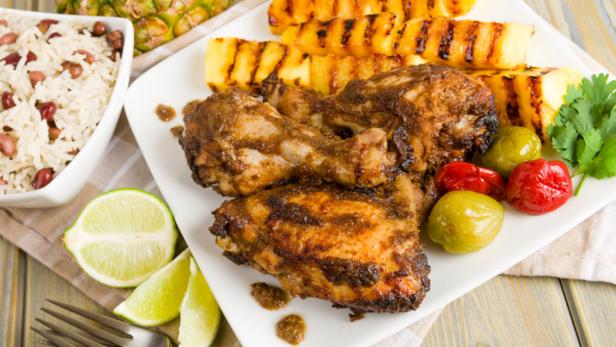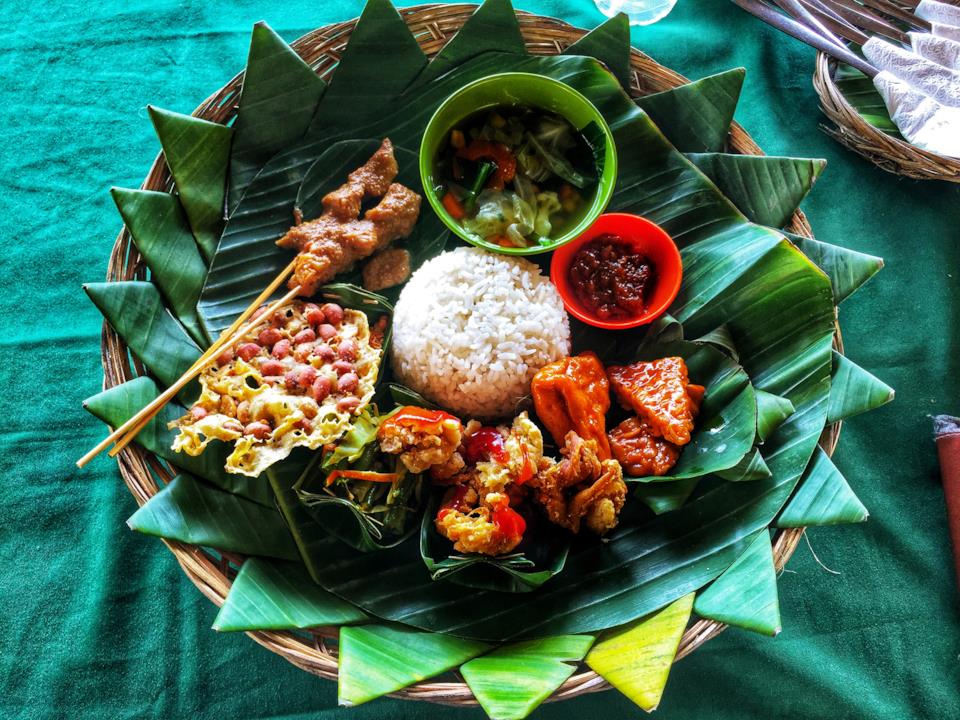Introduction to Cantonese cuisine
Cantonese cuisine is one of the most popular culinary styles in China. It originates from the Guangdong province, which is located in the southern part of China. Cantonese cuisine is known for its delicate flavors, fresh ingredients, and unique cooking techniques. It has a rich history that dates back over 2,000 years, and it is considered to be one of the most diverse and influential regional cuisines in China.
History and development of Cantonese cuisine
Cantonese cuisine has a long and fascinating history. It developed over centuries as a result of the geographical location of Guangdong province, which is bordered by the sea and mountain ranges. This made it difficult for people to travel and trade, so they had to rely on their local resources to survive. Over time, Cantonese cuisine evolved and became more refined, incorporating elements from neighboring regions and cultures.
Key ingredients in Cantonese cuisine
Cantonese cuisine is known for its use of fresh, seasonal ingredients. Some of the key ingredients used in Cantonese cuisine include seafood, poultry, pork, vegetables, and rice. Cantonese chefs also use a variety of herbs and spices to enhance the flavors of their dishes, such as ginger, garlic, and spring onions. Cantonese cuisine is also famous for its emphasis on texture, with many dishes featuring a combination of soft and crunchy ingredients.
Unique cooking techniques in Cantonese cuisine
Cantonese cuisine is known for its unique cooking techniques, which include steaming, stir-frying, and braising. Steaming is a popular method of cooking seafood, while stir-frying is used to cook vegetables and meats quickly over high heat. Braising is a slow-cooking method that is used to create rich, flavorful stews and soups.
Popular Cantonese dishes and their influence
Cantonese cuisine is known for its many delicious dishes, including dim sum, roasted meats, and seafood dishes. Dim sum is a popular Cantonese brunch that features small, bite-sized portions of food that are served in bamboo steamers. Roasted meats, such as roasted pork, duck, and goose, are also a staple of Cantonese cuisine. Cantonese cuisine has also influenced other regional cuisines in China, such as Sichuan cuisine and Hunan cuisine.
Cantonese cuisine’s impact on Chinese regional cuisine
Cantonese cuisine has had a significant impact on other regional cuisines in China. It has influenced the development of Hunan cuisine, which is known for its spicy flavors, and Sichuan cuisine, which is known for its use of Sichuan peppercorns. Cantonese cuisine has also been influenced by other regional cuisines, such as Fujian cuisine and Jiangsu cuisine.
Cantonese cuisine’s global influence
Cantonese cuisine has had a significant influence on Chinese cuisine around the world. It is one of the most popular cuisines in Chinese restaurants outside of China, and it has also influenced the development of fusion cuisine. Many dishes from Cantonese cuisine, such as dim sum and roasted meats, have become popular in other parts of the world.
Future of Cantonese cuisine in the culinary world
Cantonese cuisine will continue to play an important role in the culinary world. Its unique flavors and cooking techniques will be adapted and incorporated into new dishes, and it will continue to influence other regional cuisines in China and around the world. As more people become interested in Chinese cuisine, Cantonese cuisine will continue to evolve and grow in popularity.

